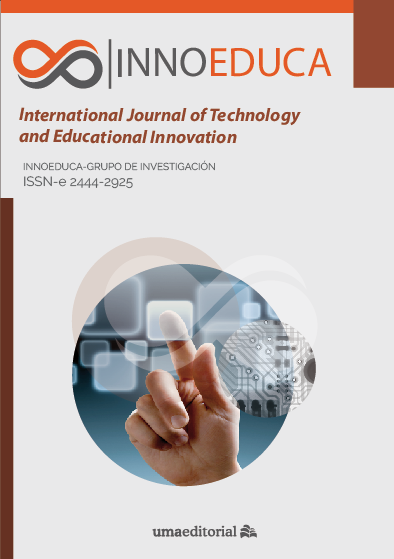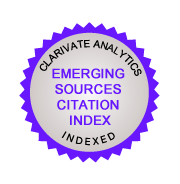YouTube and formal math learning. Perceptions of students in COVID-19 times
DOI:
https://doi.org/10.24310/innoeduca.2022.v8i2.14516Keywords:
video technology, pandemic, educational technology, secondary educationAbstract
Educational mathematics videos on the Internet are a widespread resource among high school students. Research on the use of Video Lectures (VL) in university studies supports their effectiveness and identifies which criteria affect their usefulness and students’ intention to use them. In the context of the COVID-19 pandemic, this study presents the perceptions of 220 secondary students regarding the usefulness of and intention to use VL. Based on a catalogue of mathematics VL and a hybrid methodology that combines the Technology Acceptance Model (TAM) with focus groups of students and their teachers, the results reveal that VL are perceived as a useful resource. Students and teachers demonstrated their intention to continue using them to learn and teach mathematics in the classroom. No significant differences between secondary years were found, but differences according to gender were, with the Perceived Usefulness (PU) being higher in the female than in the male participants. The presence of a teacher onscreen, as well as the duration and accuracy of the contents are fundamental criteria for all school years. The inclusion of animations, music, and humorous bits are important for younger students. The teachers attribute particular importance to the technical quality of VL.
Downloads
Metrics
Publication Facts
Reviewer profiles N/A
Author statements
Indexed in
-
—
- Academic society
- N/A
- Publisher
- Universidad de Málaga
References
xxx
Downloads
Published
How to Cite
Issue
Section
License
All contents published by Innoeduca. International Journal of Technology and Educational Innovation are subject to Creative Commons Attribution-Nocomercial-NoDerivatives 4.0 International License, whose complete text can be consulted at https://creativecommons.org/licenses/by-nc-nd/4.0/legalcode. Thus, copying, distribution, public communication, derivative works and commercial use of content are permitted as of the aforementioned issue provided that the source and the author of the text are cited.
It is the responsibility of the authors to obtain the necessary permits for images that are subject to copyright.

This work is licensed under a Creative Commons Attribution-NonCommercial-NoDerivatives 4.0 International License.













242.png)








